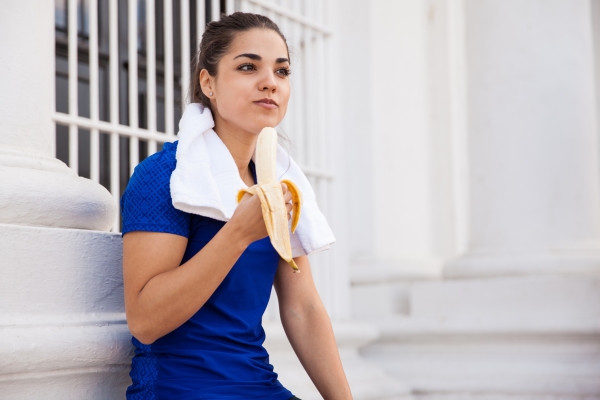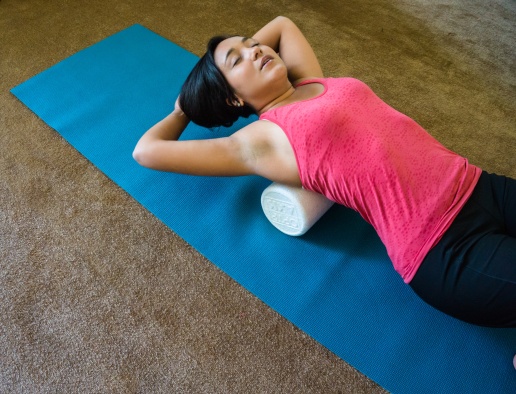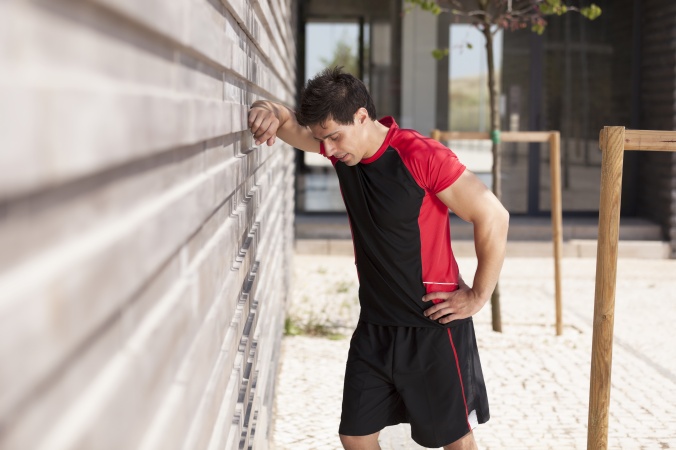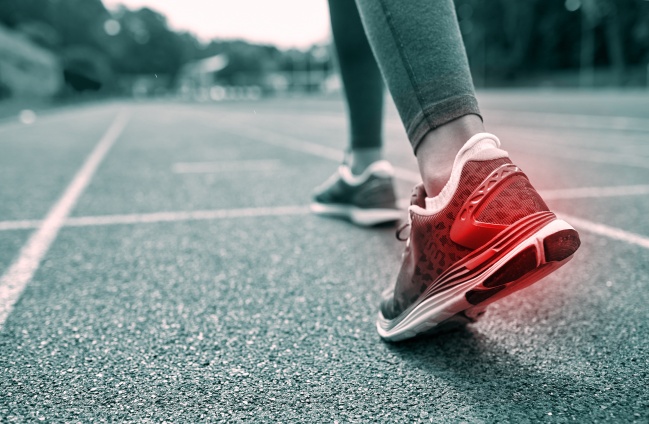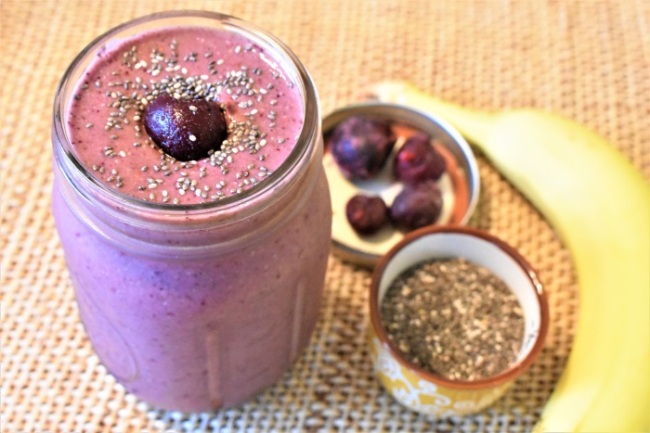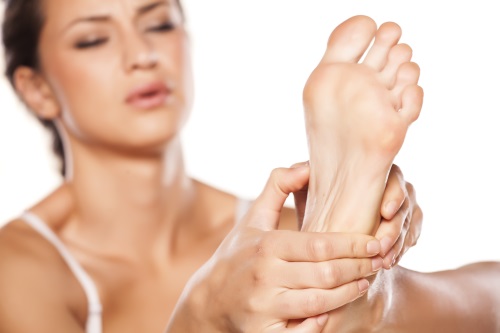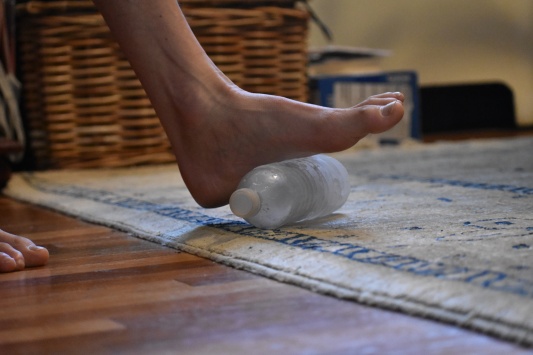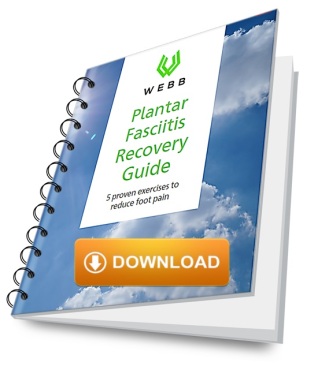By Andrew DeVito, Co-Founder at Webb Compression
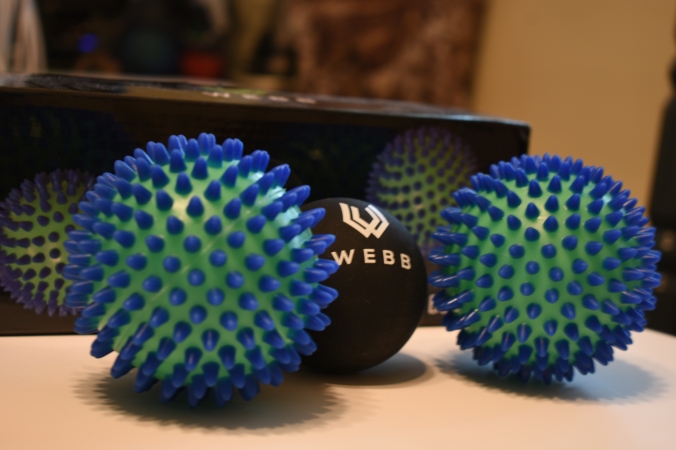
Muscle tension is something that almost everyone suffers from at some point in their lives. Personally, I fall victim due my cubicle lifestyle that has me sitting in a chair for 8-9 hours a day.
Although it may seem like only a minor annoyance, if left untreated, painful trigger points can arise causing problems throughout your entire body. I learned this the hard way by ignoring pain in my upper back for months. Eventually it lead to my entire neck freezing up for 4 days. The pain was excruciating. Every time I moved my neck even slightly, I would get shooting pains throughout my entire body.
The worst part was learning afterwards how easily I could have avoided this by just taking a few minutes to roll out my muscles with a spiky massage ball or lacrosse ball.
They work by stimulated the myofascia, which is the connective tissue network that runs throughout your entire body. It surrounds all of your internal organs and muscles to help keep everything in place. I spend at least 5-10 minutes most nights rolling our my sore spots before hopping into bed.
Here are some of the main benefits you gain from adding this to your weekly regimen.
- Increase Blood Flow: Removing knots and muscle tension that is restricting blood flow is key to maintaining hydration in your muscles and connective tissue. The increased blood flow also means you will recover faster from your workouts and heal faster from injuries.
- Improved range of motion: Studies have shown that rolling out your muscles can help increase their range of motion. By removing the adhesions in the fascia, your muscles and surrounding tissue can move more freely. This is extremely valuable especially when performing strengthening exercises, which many times can have the opposite effects on your muscles.
- Reduced Muscle Soreness: As discussed earlier one of the main benefits you will receive is being less sore. With the increase in circulation, your muscles are able to receive the maximum amount of nutrients allowing for optimal recovery.
At the end of the day, proper use of massage balls will allow you to decrease recovery time, increase performance and be pain free, allowing you to live a more active life.
